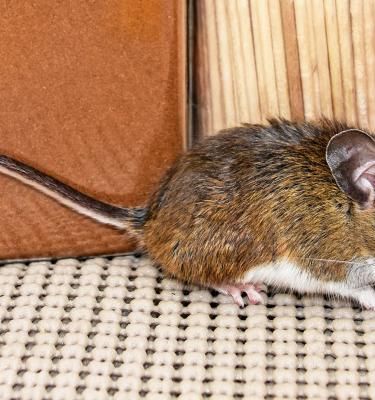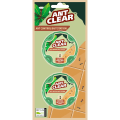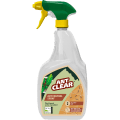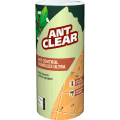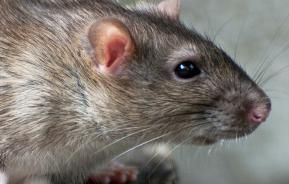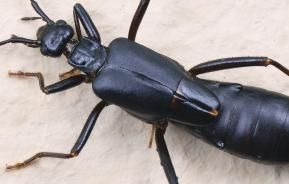Coming face to face with a mouse or a group of mice can be very disconcerting for some – especially when they're in the house!
Description
Although mice are present all year round, their activity is usually first seen in the autumn when they are looking for a warm, dry shelter for the winter. Suitable places include attics, sheds, garages and other outbuildings.
They can cause serious damage to any materials they find that could be a food source or chewed up and used for creating their nests. They will also chew through plastic, wood and even electrical cables – creating a potential fire risk. They are also a potential human health threat due to the diseases they usually carry.
Mice in the garden itself are more of a nuisance than anything else – they will eat fruit, vegetables and seeds.
What to look for
Typical tell-tale signs include:
- Droppings: Smooth with pointed ends, often found in groups of 4-6.
- Musky odour: Mice leave a trail that has an ammonia-like smell.
- Gnaw marks: Small and scratchy, usually on wood, wires or other household items.
- Nibble marks: On packaged food or containers.
- Scuff marks or greasy smears: Along skirting boards, base boards or around small openings.
- Noise: Squeaks, rustling or scampering sounds in the walls or attics.
- Upset pets: They become unsettled when they detect mice in the house.
Treatment and control
The first line of defence is to mouse-proof your home and buildings. Mice have soft skeletons and can get through the smallest of holes – even those the width of a pencil! So seal any holes to the exterior, such as around pipes for washing machines and dishwashers.
It is important not to attract mice with food – where possible, store food in strong plastic or, better still, metal containers.
Outdoor mice control starts with a good tidy up. Remove piles of debris where mice can hide and nest.
If left untreated, an infestation of mice can quickly spread. Numerous traps and baits are available.
Live-capture mouse traps are a humane way of getting rid of mice than the more traditional mouse traps. Mouse traps need a bait; chocolate, chocolate spread and peanut butter work well.
With severe outbreaks, you may need to call in a professional pest control company. If all else fails, get a good mousing cat!
